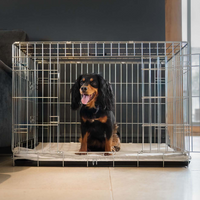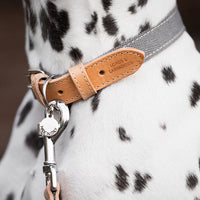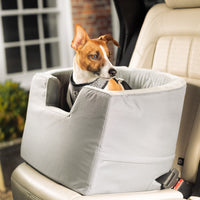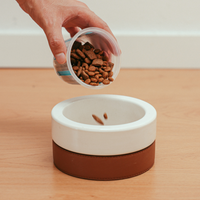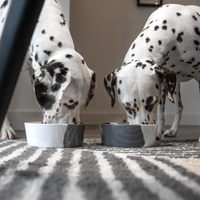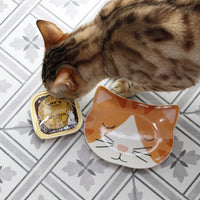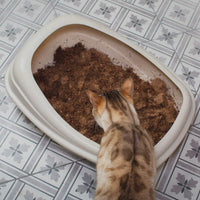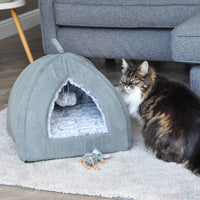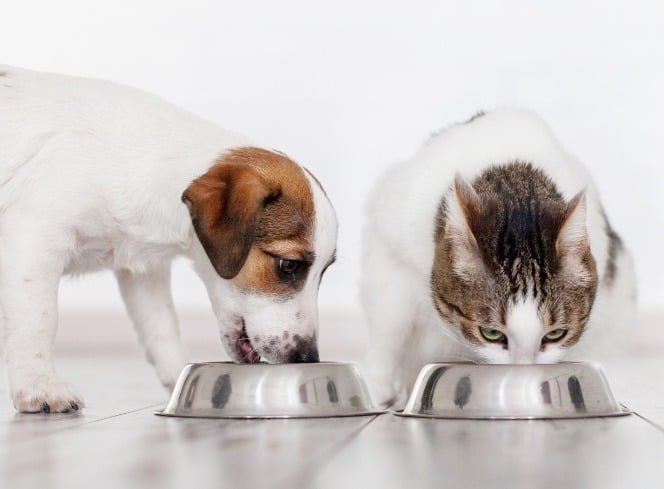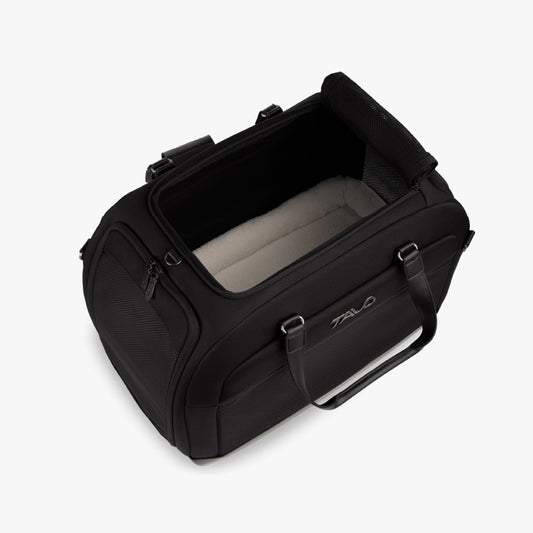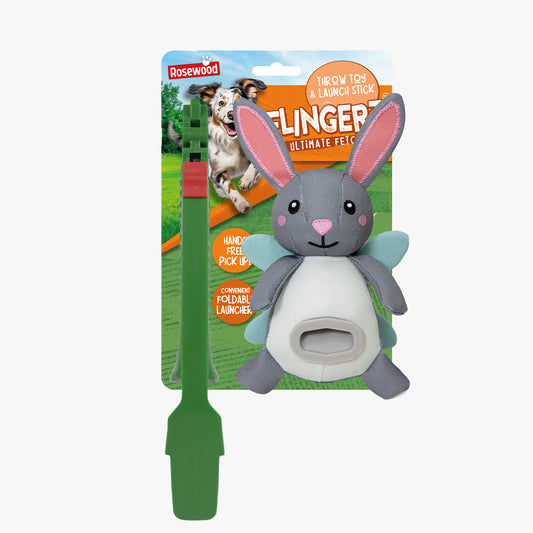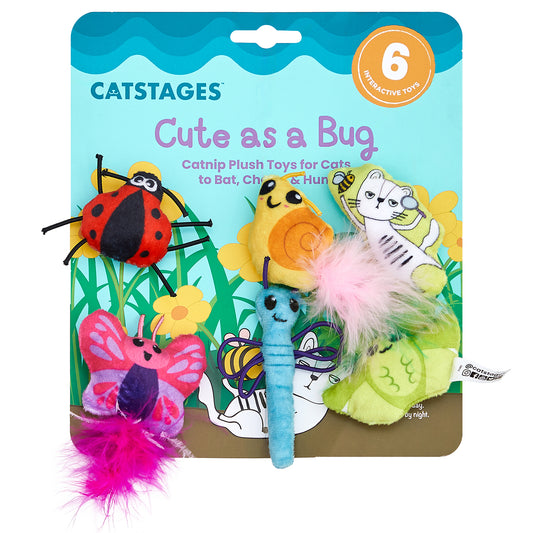Transitioning pet food can feel daunting, especially if you’re unsure how your furry companion will react to the change. Whether you need to switch dog food to address specific dietary needs or try a new cat food formula for your feline’s sensitive stomach, a smooth food transition can help prevent tummy troubles and ensure your pet maintains optimal health. In this step-by-step guide, we’ll walk you through everything you need to know about changing your pet’s diet—from the reasons behind a healthy pet food transition to practical tips on avoiding digestive issues in pets. Let’s dive in!
Why Consider Changing Your Pet’s Diet?
There are several reasons why you might consider transitioning pet food for your dog or cat:
- Age and Life Stage: Puppies and kittens have different nutritional requirements than adult or senior pets. As your pet grows, switching to an age-appropriate formula can support their changing needs.
- Health Concerns: Some pets develop allergies, intolerances, or medical conditions (like kidney disease or obesity) that require specialised diets. How to switch dog food without stomach upset is a common concern here, especially if you’re moving to a prescription diet.
- Picky Eaters: Some dogs and cats become bored with their current food, or they might simply prefer a different flavour or texture.
- Quality of Ingredients: You may decide to switch to a higher-quality or more natural ingredient list for better long-term health outcomes.
Regardless of your motivation for a gradual diet change for pets, it’s important to do so carefully to keep your pet comfortable and healthy.
Step-by-Step Pet Food Transition
A step-by-step pet food transition typically takes about 7-10 days, but it can be extended if your pet has a sensitive stomach. Below is a general guide for both dogs and cats:
Step 1: Consult Your Vet
Before making any dietary adjustments, have a quick chat with your vet. They can help you choose the best formula based on your pet’s age, weight, and health status. This is especially important if you’re wondering about a step-by-step cat food transition for sensitive stomachs or dealing with a dog who has chronic digestive issues.
Step 2: Gather Your Supplies
Stock up on enough of your pet’s old food so you can mix it with the new pet food gradually. It’s also handy to have measuring cups or a kitchen scale to ensure consistent portion sizes.
Step 3: Start With a Small Percentage of New Food
For the first two to three days, mix about 25% of the new food with 75% of the old food. This ratio helps your pet get used to the new taste and texture without overwhelming their digestive system.
Example: If your dog eats one cup of food per meal, use ¾ cup old food and ¼ cup new food. The same principle applies to cats—simply adjust the measurements to your cat’s usual serving size.
Step 4: Increase the Ratio of New Food Gradually
Over the next few days, adjust the ratio to 50% old food, 50% new food, and then to 25% old food, 75% new food by days 5-6. Monitor your pet’s response; if you notice digestive issues like diarrhoea or vomiting, slow the process down and remain at a 50-50 ratio for a bit longer.
Step 5: Move to 100% New Food
After about a week (or up to two weeks for sensitive pets), you should reach a point where your pet is comfortably eating 100% of the new food. Keep an eye on their stool quality, energy levels, and appetite. If everything seems normal, you’ve successfully completed a healthy pet food transition!
Tips for Avoiding Digestive Upsets
- Go Slow: If you’re concerned about how to switch dog food without stomach upset, the key is patience. Rushing the transition can lead to vomiting, diarrhoea, or loss of appetite.
- Add Probiotics: Consider introducing pet-safe probiotics or digestive enzymes to help maintain gut health, particularly for sensitive cats and dogs.
- Hydration is Key: Offer plenty of fresh water, especially if you’re switching from wet food to kibble or vice versa.
- Watch for Allergies: If you notice itching, skin rashes, or recurring ear infections, consult your vet to see if the new diet might be causing an allergic reaction.
Common Mistakes to Avoid
- Sudden Changes: Never switch from one food to another overnight. It can upset your pet’s stomach and lead to poor acceptance of the new food.
- Overfeeding: Keep an eye on portion sizes. Sometimes, when introducing a new food, owners accidentally overfeed because they’re not measuring carefully.
- Ignoring Individual Needs: Every pet is unique. A dog food transition guide won’t necessarily be one-size-fits-all for every breed, and the same goes for a cat food transition guide.
FAQs: Your Pet Food Transition Questions Answered
Below are some frequently asked questions to help guide your smooth food transition for pets:
1. How long does it take to transition dog food?
It generally takes 7-10 days to switch dog food, but for sensitive dogs, you may want to extend the transition period to two weeks. Monitor for signs of an upset stomach, and slow down if necessary.
2. Can I use the same transition timeline for my cat?
Yes, cats typically do well with a 7-10 day timeline as well. If you’re doing a step-by-step cat food transition for sensitive stomachs, don’t hesitate to stretch it out to two weeks to avoid digestive distress.
3. What if my dog or cat refuses to eat the new food?
Some pets are picky eaters. Try warming up wet food slightly or adding a small amount of low-sodium bone broth (for dogs) or fish broth (for cats) to make the new food more appealing. If refusal persists, consult your vet for alternatives.
4. Should I be worried if my pet has soft stools during the transition?
It’s normal to see mild changes in stool consistency when changing your pet’s diet. However, persistent diarrhoea or vomiting is a red flag. If these symptoms last more than a day or two, contact your veterinarian.
5. Can I switch between wet and dry food using the same method?
Absolutely. The same gradual diet change for pets applies whether you’re moving from kibble to canned, canned to kibble, or even between two different textures or brands.
6. Do I need to add supplements when transitioning pet food?
Not necessarily. If you’re feeding a nutritionally complete and balanced diet, supplements may not be required. However, some pets benefit from pet nutrition tips like probiotics or omega-3 fatty acids. Always check with your vet before introducing new supplements.
When to Seek Veterinary Help
If your dog or cat experiences persistent digestive issues (vomiting, diarrhoea, or complete loss of appetite) beyond the initial few days of transition, consult your veterinarian. They can rule out underlying health issues, suggest a slower transition pace, or recommend a different diet altogether.
Conclusion
Switching your pet’s food doesn’t have to be an overwhelming ordeal. By following this step-by-step pet food transition guide, you can avoid digestive issues in pets and keep them happy, healthy, and well-fed. Whether you’re learning how to switch dog food without stomach upset or mastering a step-by-step cat food transition for sensitive stomachs, the key is to go slow, stay attentive, and prioritise your pet’s comfort.
With these tips in mind, you’ll be well on your way to ensuring a smooth food transition for pets—and giving your furry family member the best possible diet for their unique needs.
Looking for a new food to switch your dog or cat to? Check out our range of nutritious dog food and cat food. We stock leading brands like Orijen, Acana and Proplan as well as many more - there’s sure to be something to tickle your pet’s taste buds.




